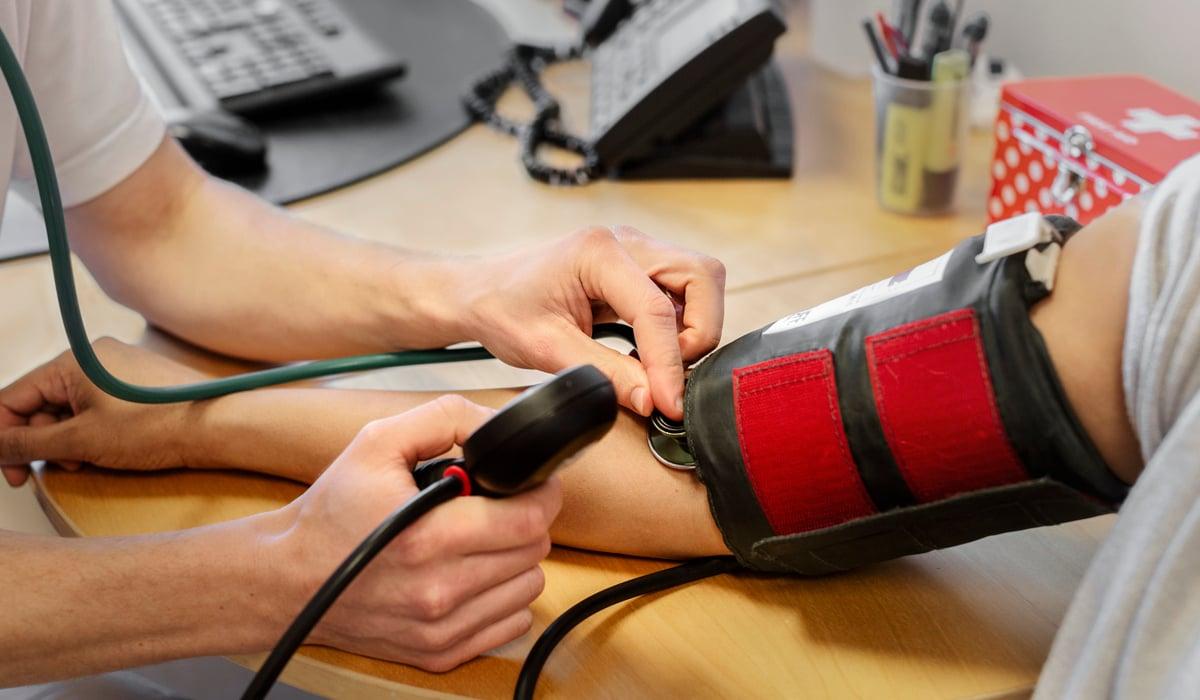
Health Impact Bond
Region Stockholm has issued SEK 30m in a unique Health Impact Bond where the proceeds will be used to fund a pilot project for type 2 diabetes prevention for up to 925 prediabetic individuals in the greater Stockholm area.
Region Stockholm first out to issue a Health Impact Bond
Regions Stockholm is first out to issue a Health Impact Bond with a unique financial structure. This first pilot has one investor, Skandia. But the documentation for the Health Impact Bond is based on standard bond documentation to facilitate the creation of new Health Impact Bonds with other issuers than Region Stockholm and other investors than Skandia.
The structure of the Health Impact Bond is a combination of a fixed underlying 5-year Region Stockholm bond with a zero-coupon structure and a variable portion whose return is based on the cost savings achieved by the diabetes prevention effort. The investor’s total return will thus consist of the combined return of “the ordinary” bond issued by Region Stockholm and the return based on the diabetes prevention effort.
The upside of the return is limited by a cap (the maximum accumulated return over the 5-year period is 10%), while the downside is limited by a floor (the minimum accumulated return over the 5-year period is -20%). No payments will be made during the bond’s tenor; repayment of the nominal amount and any variable return (positive or negative) will be made upon maturity (i.e. after year five).
The prevention programme uses a digital tool to gather a number of health services and providers, and also the help of health coaches to personalise a prevention programme for each individual. Tied to the digital platform are a number of service providers in various areas such as physical activity, diet, sleep, stress, etc. The party conducting the prevention programme is Health Integrator AB.
The prevention programme has been tested in its entirety through a preliminary study that included the participation of more than 200 individuals. The preliminary study was led by a physician/researcher employed by Region Stockholm and Karolinska Institutet (KI) with many years of experience in lifestyle changes among people with diabetes. The preliminary study was concluded in January 2019 and proved to have considerably fewer dropouts that what is normal for similar studies.
Background
Both in Sweden and globally, the healthcare sector is facing numerous challenges with aging populations, strong increases in lifestyle diseases and chronic illnesses, rising medical costs and a need to find new ways to structure healthcare. The majority of healthcare costs go to providing care to those who are already ill, while only a small share is allocated to preventive measures aimed at reducing the inflow of new patients.
A greater focus on prevention can over time significantly reduce Region Stockholm’s healthcare costs and thereby free up major resources that can be used for other healthcare purposes. However, the cost savings from preventive work always come with a delay, which makes this work hard to justify economically in the face of scarce resources. To enable prevention on a large scale, which over the long term will both cut costs and reduce human suffering, new, innovative financial solutions are needed. Toward this end, Region Stockholm, together with SEB and Skandia has developed a Health Impact Bond.
Region Stockholm has the ambition to develop their work in social entrepreneurship and social financing. This has now resulted in a decision to fund the type 2 diabetes prevention pilot project through a Health Impact Bond. The aim of this project has been to develop a model for more effective steering and financing of prevention efforts that are specifically adapted for the major public health diseases such as type 2 diabetes.
Advantages of the Health Impact Bond
- A unique funding model that enables large-scale prevention, which in the long term will both save costs and reduce human suffering.
- A funding model in which Region Stockholm issues a bond with an outcome-based return. The goal is that 925 individuals will participate in the prevention programme, which would result in the Health Impact Bond amounting to SEK 30m.
- A new type of bond specifically adapted for institutional investors. The creation of the Health Impact Bond can be a model for similar initiatives, making it easier to enable investments of large amounts of capital in other diabetes projects or within other health areas.
- Risk-sharing with external investors, who receive a return based on the outcome of the prevention programme.
- A preventive digital measure, with recruitment of at-risk individuals from outside the traditional healthcare structures.
- An effect-measurement model for calculating the value that is created when illness and the need for healthcare among diabetes patients are avoided, and based on that, creating an investment proposal and showing the value of investing in diabetes prevention
- A strong link to what is measured may lead to quality improvements, greater efficiency and cost savings.
- Funding of innovative ideas/methods can be tested and, if they are successful, be scaled up to address other health areas/patient categories.
- Uppdaterad: 17 januari 2024